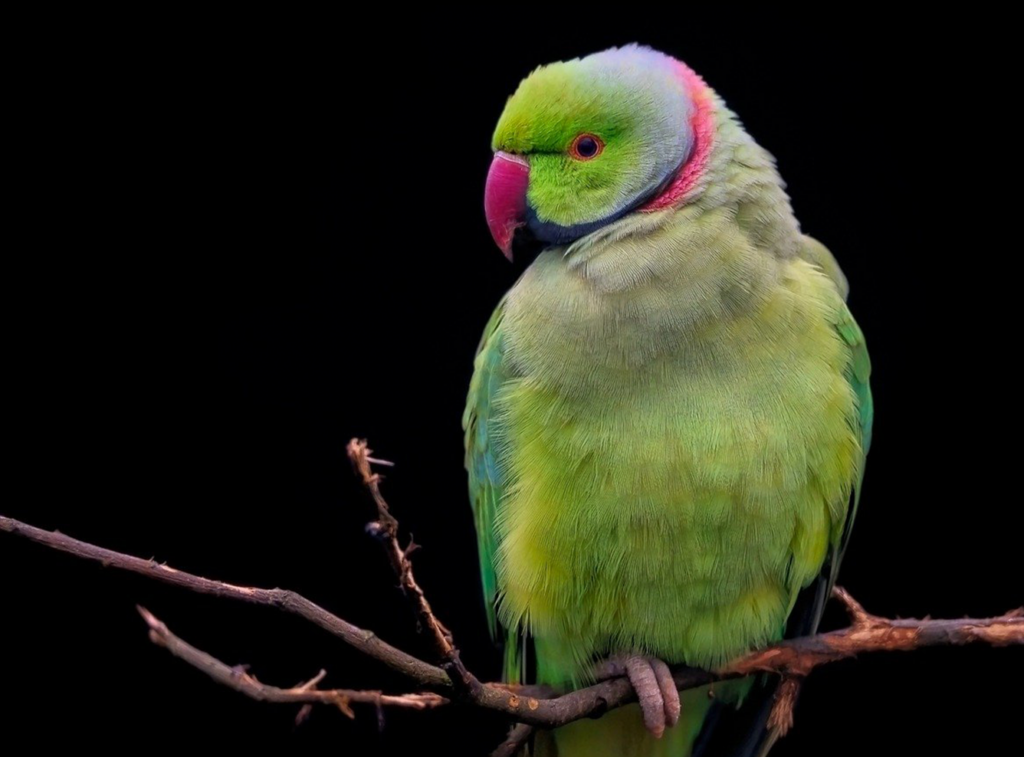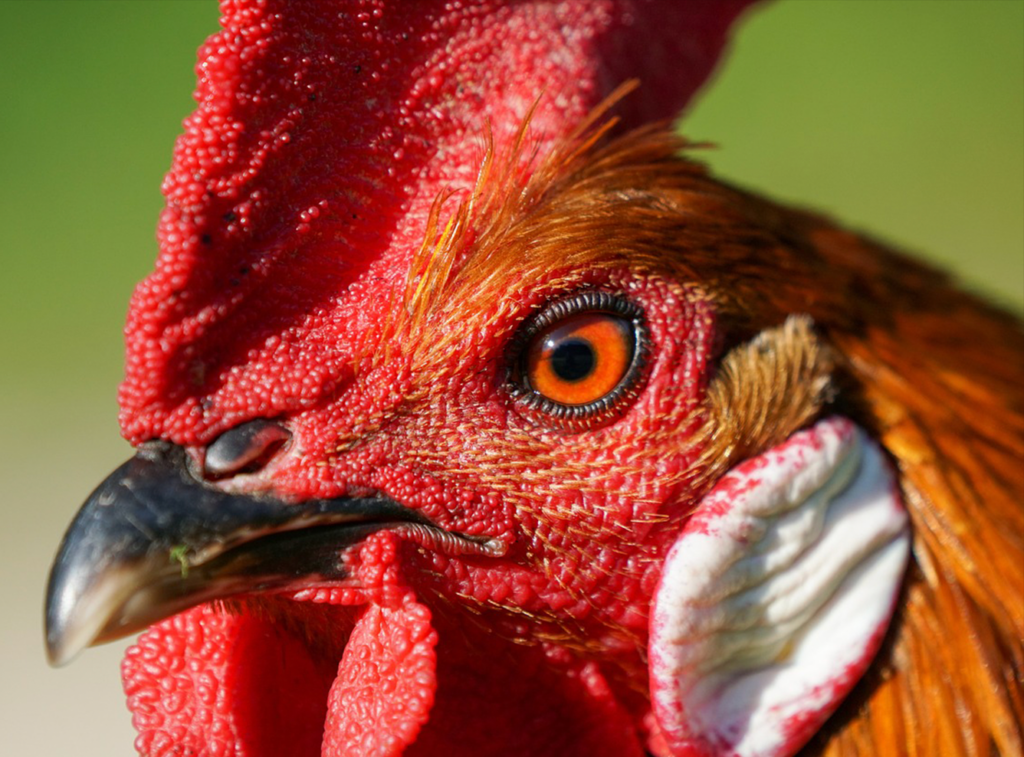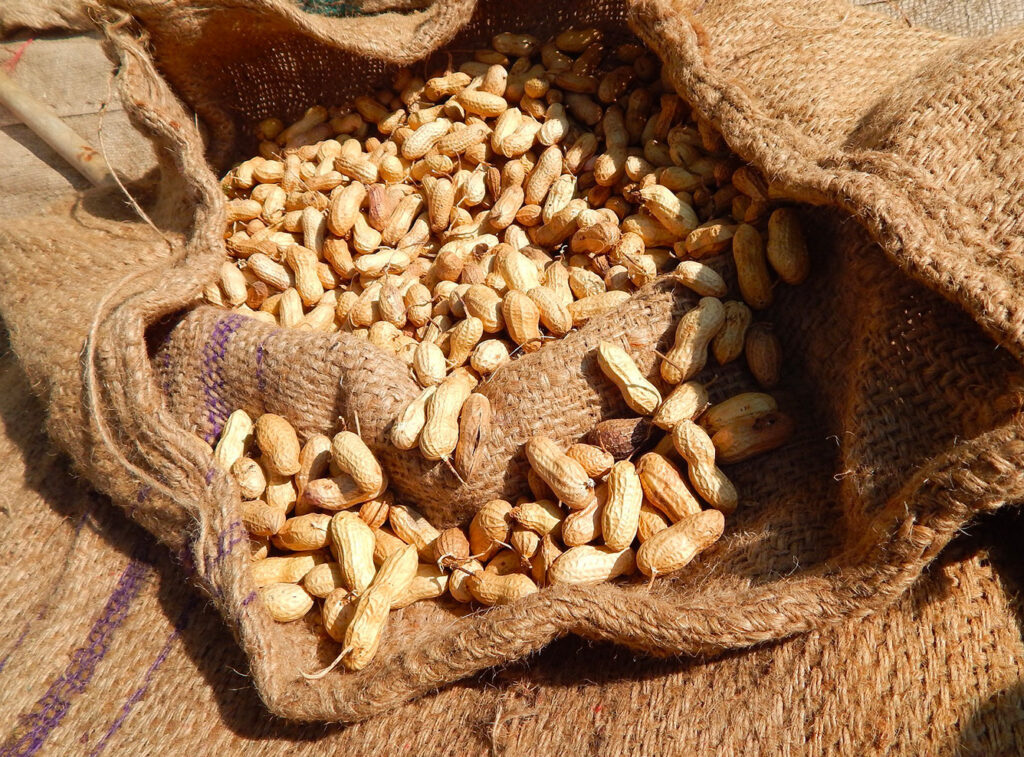Enter your address to receive notifications about new posts to your email.
Highlights from GENETICS and G3
Genes to Genomes is proud to present coverage of primary research articles published in the GSA Journals.
Check back regularly to delve more into this exciting research!
A novel tool for QC in long-read genomic data
Sequence composition disentangles contaminants from long-read data sets in a new paper from G3: Genes|Genomes|Genetics.
More On Highlights from GENETICS and G3
-
Digging up the recent past: how effective are genomic tools at deciphering our genetic ancestry?
Researchers evaluate the accuracy of common statistical methods to identify recent genetic ancestry in GENETICS.
-
Science & Publishing
The power of genetic screening: identifying genes that alter nervous system shape in Drosophila
New results published in G3 summarize the genetic pathways controlling nervous system structure and explore how a single gene regulates tissue shape in a cell-type specific manner.
-
-
Science & Publishing
Researchers develop new approach to document genetic ancestry
New work in GENETICS adds definition to ancestral recombination graphs (ARGs), supporting the analysis of genomic big data.
-
Science & Publishing
Four new pipelines to streamline and improve genomic analyses
G3 reports exciting methods designed to make specific genomic analyses easier.
-
Science & Publishing
Cellular first responders: calcium and annexins partner to manage wound healing
Research in GENETICS explores the roles of three Annexins in calcium-dependent wound repair.
-
Science & Publishing
Chew on this: improved greater wax moth genome gives insight into plastic biodegradation
New reference genome published in G3 supports phylogenetic exploration of plastic degrading enzymes produced by winged insects.
-
Science & Publishing
P. pacificus’s epigenetic toolkit is missing an important tool
A GENETICS study’s insight into Pristionchus pacificus’s epigenetic landscape makes a remarkable discovery about a critical methyltransferase.
-
Science & Publishing
Some assembly required: how accurate are genome assembly lengths?
Sequencing quality and read have improved greatly, but new research in GENETICS asks whether assemblies match the estimated genome size for their species.
-
Science & Publishing
How do mitochondria recover from sunburns?
New work published in GENETICS suggests that mitochondria could have unique pathways to repair or respond to UV damage to their DNA.
-
Science & Publishing
University of Minnesota researchers map genome of the last living wild horse species
The study, published in G3: Genes|Genomes|Genetics, is part of larger conservation efforts to save Przewalski’s horse.
-
Science & Publishing
Mussel genome map supports production and conservation
Complete genetic blueprint supports blue mussel breeding programmes, disease resistance, and marine ecosystem conservation.
-
Science & Publishing
The first piece of the facial recognition puzzle
New research in GENETICS gives a first peek at the molecular pathway involved in recognizing faces.
-
Science & Publishing
Beyond replication: how does parental age affect de novo mutation rates?
New work in GENETICS finds that maternal age at conception can also contribute to de novo mutation rates—not just paternal age, as commonly thought.
-
Science & Publishing
Block party on the zebrafish sex chromosome
Research in G3 identifies a gene regulatory block of the zebrafish genome responsible for overseeing the maternal-to-zygotic-transition.
-
Science & Publishing
Unraveling the mysteries of duckweed: epigenetic insights from Spirodela polyrhiza
Research published in G3 offers insight into the impact of DNA methylation on clonal propagation in asexually reproducing plants.
-
Science & Publishing
Balancing genetic privacy with open data in genomic research
A new encryption method published in GENETICS allows researchers to maintain human data confidentiality without the need for decryption in genomic analyses.
-
Science & Publishing
Beer brewers and geneticists collaborate on study of yeast changes during commercial fermentation
Domesticated yeast adapts to harsh brewing tank environments, including little oxygen and lots of alcohol.
-
Science & Publishing
Parrot plumage study aids breeders and endangered natural populations
Yellow coloration is maladaptive in the wild but prized by breeders.
-
Science & Publishing
Scientists pinpoint the “fight” in fighting chickens
A genome-wide association study published in G3: Genes|Genomes|Genetics offers insights into the genetic origins of aggression in gamecocks.
-
Science & Publishing
Cracking the pear genome: how students helped unlock a new tool for the pear industry
Pears are big business in the United States’ Pacific Northwest. But did you know that traditional pear breeding has remained largely unchanged for centuries? This slow process is difficult and costly, requiring the long-term commitment of labor, materials, and land-space resources. However, traditional pear breeding might get some help from genomics, thanks to a unique…
-
Science & Publishing
New study finds corn genome can gang up on multiple pathogens at once
In a changing climate, corn growers need to be ready for anything, including new and shifting disease dynamics. Because it’s impossible to predict which damaging disease will pop up in a given year, corn with resistance to multiple diseases would be a huge win for growers. Now, University of Illinois Urbana-Champaign researchers are moving the…
-
Science & Publishing
May the fourth be with you: Drosophila’s dot chromosome is open for business
New tools published in GENETICS enable researchers to study genes on the elusive fourth chromosome.
-
Science & Publishing
Planting a seed for peanut diversity
Crunchy vs. smooth? Try fastigiata vs. hypogae. Mobilizing peanut diversity on smallholder farms can help improve global food production.


























